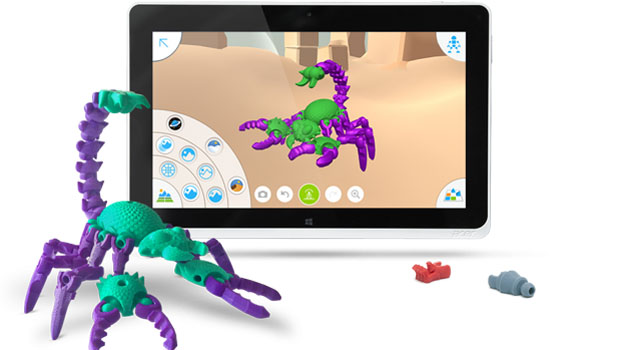Author: Raja Sekhar Upputuri
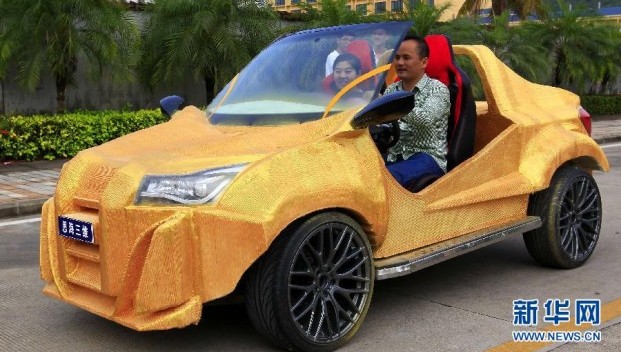
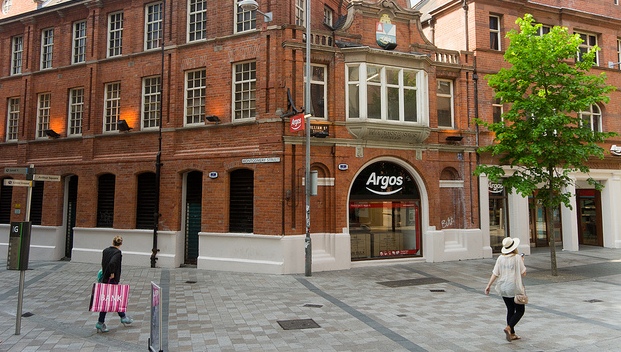
Argos launches a new site for 3D printed customisable jewellery
March 22, 2015
No Comments
Read More »
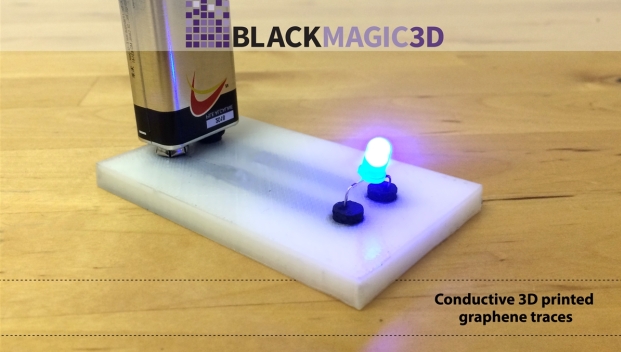
Conductive graphene filaments are now available for sale from Graphene 3D Lab
March 22, 2015
No Comments
Read More »
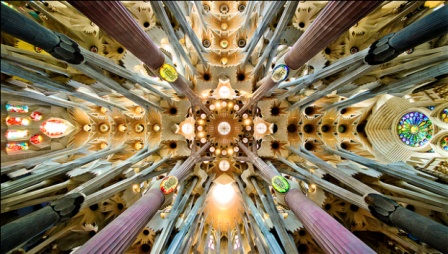
3D Printing facilitating completion of Gaudi’s Sagrada Familia
March 21, 2015
No Comments
Read More »
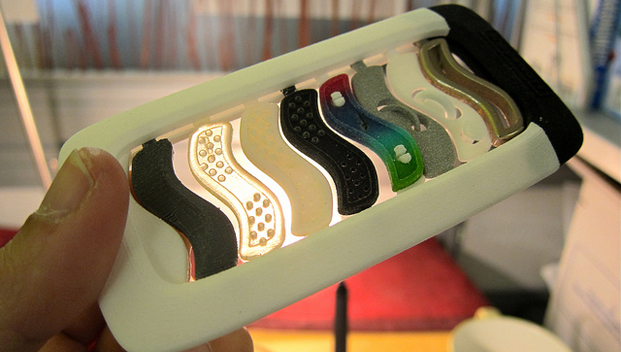
3DPrinterOS Launches World’s First Cloud-based 3D Printing Operating System
March 20, 2015
No Comments
Read More »

Volvo trucks use 3D printing to cut down the production cost by 94%
March 19, 2015
No Comments
Read More »
